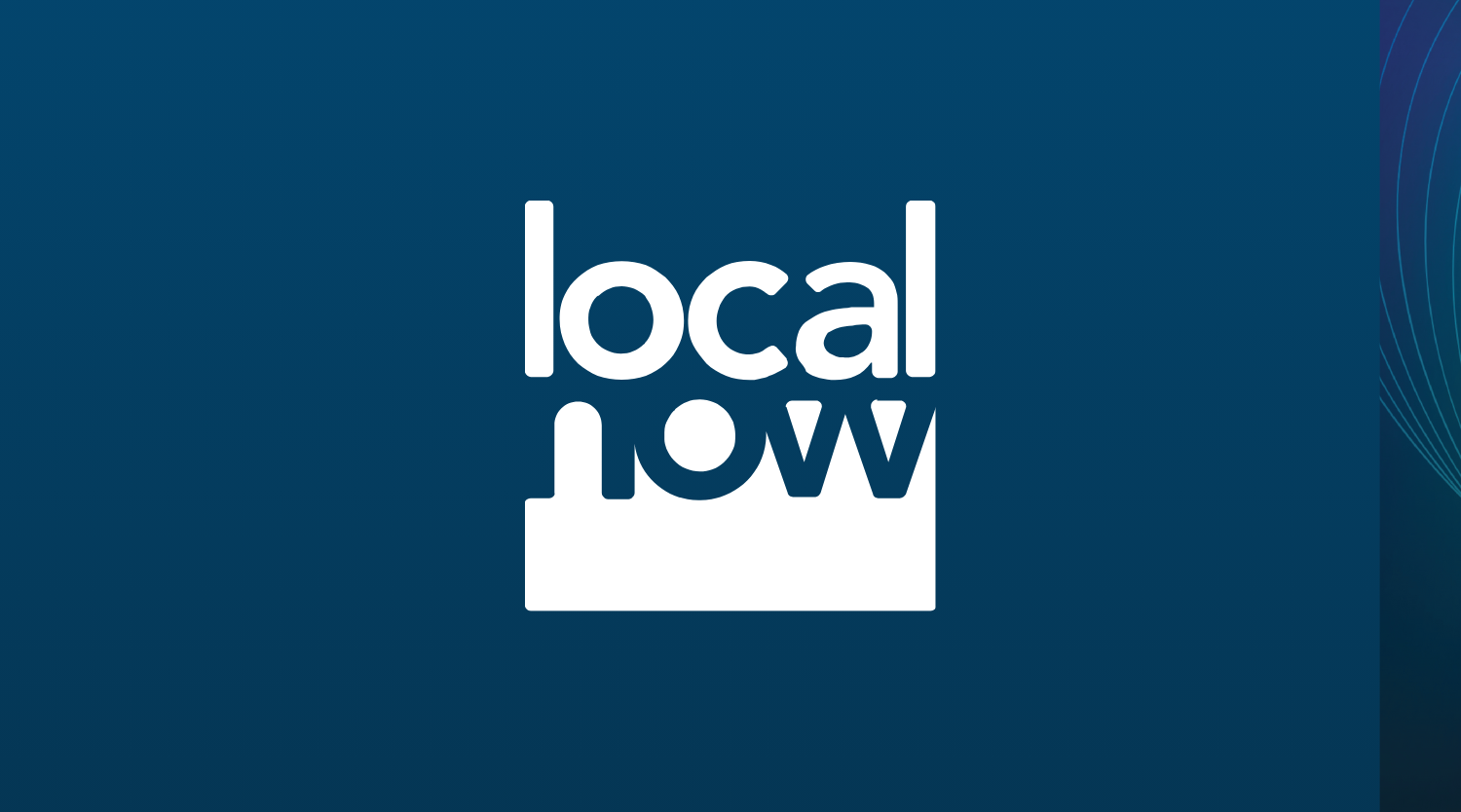
When it comes to digital advertising, ad viewability represents the biggest hot button issue today. Every industry event seems to have at least one panel discussion focused on the topic and there’s been an endless stream of commentary on the issue in the media. Yet for a subject that receives so much attention there’s still a great deal of confusion surrounding it.
That’s why we put together a “cheat sheet” for everything you need to know—but might’ve been afraid to ask–about viewability.
What is viewability in digital marketing?
“Viewability” is an online advertising metric that tracks only impressions actually seen by users. For example, if an ad is loaded at the bottom of a webpage but a user doesn’t scroll down far enough to see it, that impression is not considered viewable.
Is there an agreed upon definition of viewable?
There are two main governing bodies pushing for a standardized definition of viewability: the Interactive Advertising Bureau (IAB) and the Media Rating Council (MRC). Digital media differs from other forms of media in that ad effectiveness is measured on an impression-by-impression basis. Traditional media such as TV commercials use measurement based on averages, such as how often a commercial is played on TV. Because digital media is measured on an impression-by-impression basis, it is not enough to serve the ad for it to be considered effective. The ads must also be seen.
For display ads, the IAB and MRC define a “viewable” impression as one that is at least 50 percent visible for a minimum of one continuous second. For video ads, it is defined as 50 percent visible for at least two seconds. “50 percent visible” means that 50 percent of the ad’s pixels appear above the fold.
Are there other viewability standards?
Viewability in advertising is a growing concern among advertisers because non-viewable impressions can be considered an ineffective use of budgets. A survey conducted by Integral Ad Science (IAS) in December 2014 showed that 78 percent of advertisers surveyed felt that the IAB and MRC standards for viewability were not strict enough. In the case of video, for example, the IAB and MRC standards do not take into account whether the sound is on for an ad, which can detract from the ad’s effectiveness. Many advertisers have therefore begun implementing their own viewability metrics.
How much of a problem are non-viewable impressions in the industry?
Even using IAB’s and MRC’s current standards, eMarketer estimates that only 50 percent of ads served on desktop are considered viewable. Mobile performs better by consistently achieving 70 percent or higher in viewable ads, but viewability remains a hot button issue in part because so few marketers agree on or even know what current viewability standards are. Recent research from Econsultancy found that 43 percent of senior marketers in the US and UK use viewability to determine the success of their programmatic ad campaigns, while research by firm SQAD found that nearly half of the marketers it surveyed thought that the minimum amount of time a video should be displayed for it to be considered viewable was five seconds or more—over twice the current standard.
What is PubMatic’s approach to viewability in digital advertising?
At PubMatic we have decided to tackle the viewability issue head-on in a transparent way we believe will help both buyers and publishers. We recently signed an agreement with Integral Ad Science (IAS) that will allow us to provide viewability metrics to both our publishers and demand partners.
Today, many of PubMatic’s demand partners already use a third-party tool to help measure viewability. What makes PubMatic different is that we plan to have IAS scores passed on to the publishers—not just media buyers. Our publishers will be able to use this data to create Private Marketplace offerings for their most viewable ad inventory, for example. Since viewable ads help marketers achieve their campaign goals by showing ads to audiences, they’re frequently willing to offer a higher bid for viewable inventory. Offering packages of their most viewable inventory is a great way for publishers to maximize the value of their digital assets. It also provides buyers transparency into inventory that they haven’t had to this point.
To learn more about PubMatic’s Brand Shield solutions click here.




